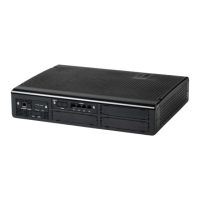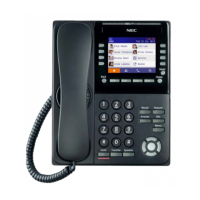256
SNMP options
• System Location—A string of up to 49 characters that specifies the physical location of the
server.
• System Contact—A string of up to 49 characters that specifies the system administrator or
server owner. The string can include a name, email address, or phone number.
• System Role—A string of up to 64 characters that describes the server role or function.
• System Role Detail—A string of up to 512 characters that describes specific tasks that the
server might perform.
• Read Community—The configured SNMP read-only community string.
The following formats are supported:
◦ A community string (for example, public).
◦ A community string followed by an IP address or FQDN (for example, public
192.168.0.1).
Use this option to specify that SNMP access will be allowed from the specified IP
address or FQDN.
You can enter an IPv4 address, an IPv6 address, or an FQDN.
• Trap Community—The configured SNMP trap community string.
• SNMP Alert Destination(s)—The IP addresses or FQDNs of up to three remote
management systems that will receive SNMP alerts from iLO.
When SNMP Alert Destinations are configured using FQDNs, and DNS provides both IPv4
and IPv6 addresses for the FQDNs, iLO sends traps to the address specified by the iLO
Client Applications use IPv6 first setting on the IPv6 page. If iLO Client Applications use
IPv6 first is enabled, traps will be sent to IPv6 addresses (when available). When iLO Client
Applications use IPv6 first is disabled, traps will be sent to IPv4 addresses (when available).
• SNMP Port—The port used for SNMP communications. This value is read-only, but can be
modified on the Access Settings page.
To navigate to the Access Settings page, click the SNMP Port link. For more information,
see Access options.
SNMPv3 authentication
The following SNMPv3 security features enable secure data collection from iLO SNMP agents:
• Message integrity prevents tampering during packet transmission.
• Encryption prevents packet snooping.
• Authentication ensures that packets are from a valid source.
By default, SNMPv3 supports the User-based Security Model. With this model, security
parameters are configured at both the SNMP agent level (iLO) and the SNMP manager level
(client system). Messages exchanged between the SNMP agent and the manager are subject to a
data integrity check and data origin authentication.
iLO supports three user profiles in which you can set the SNMPv3 USM parameters.
Configuring SNMPv3 users

